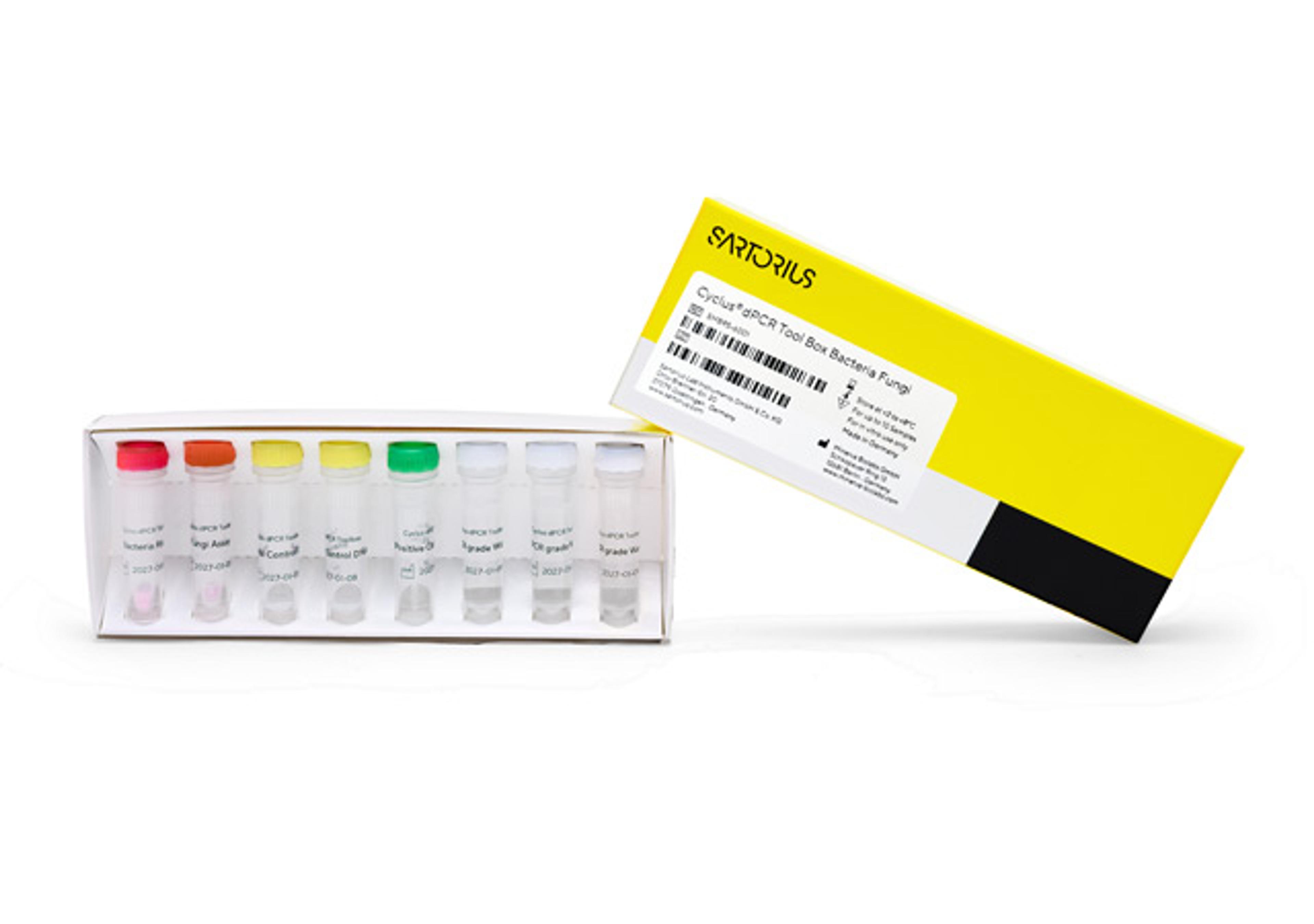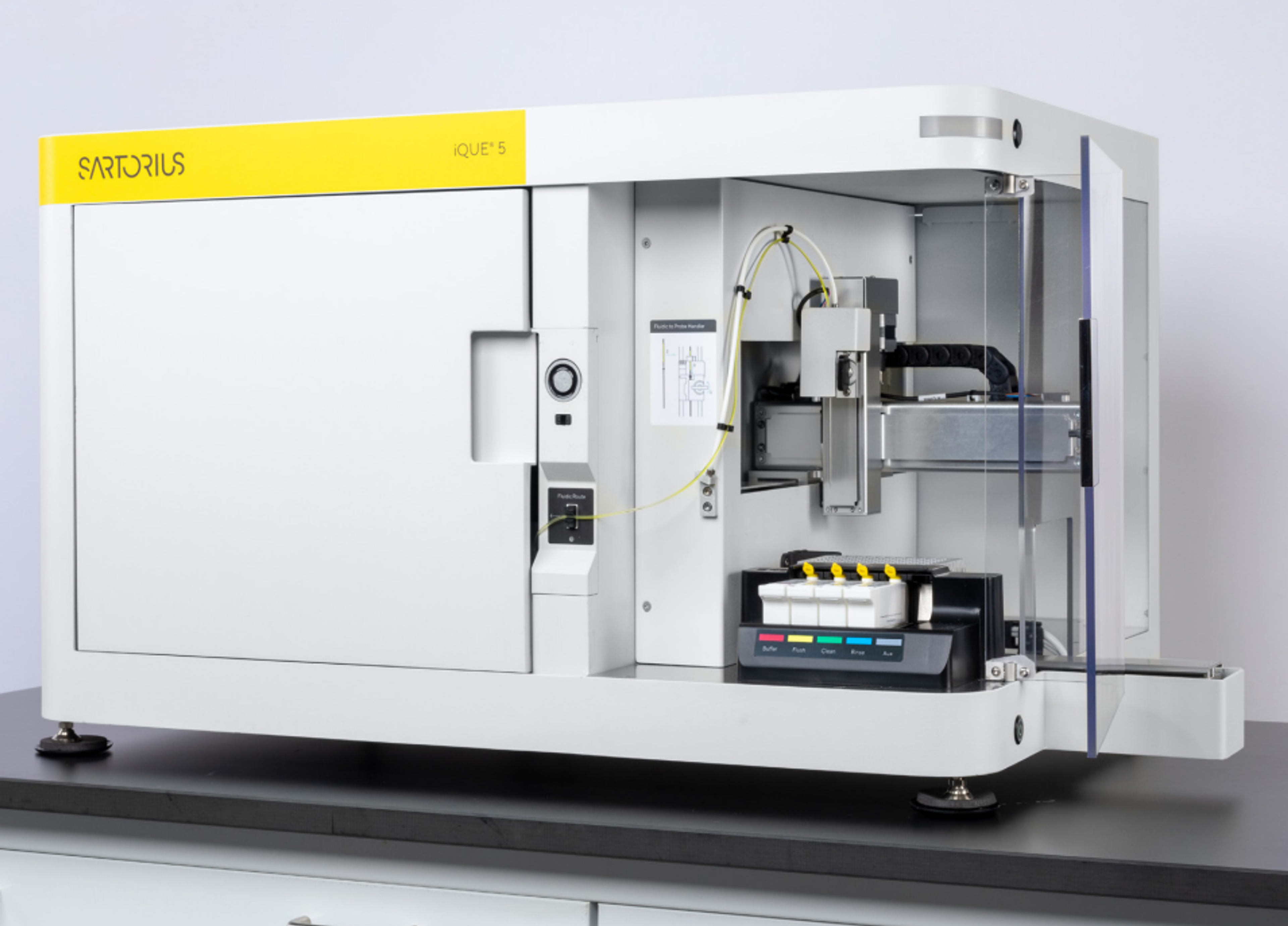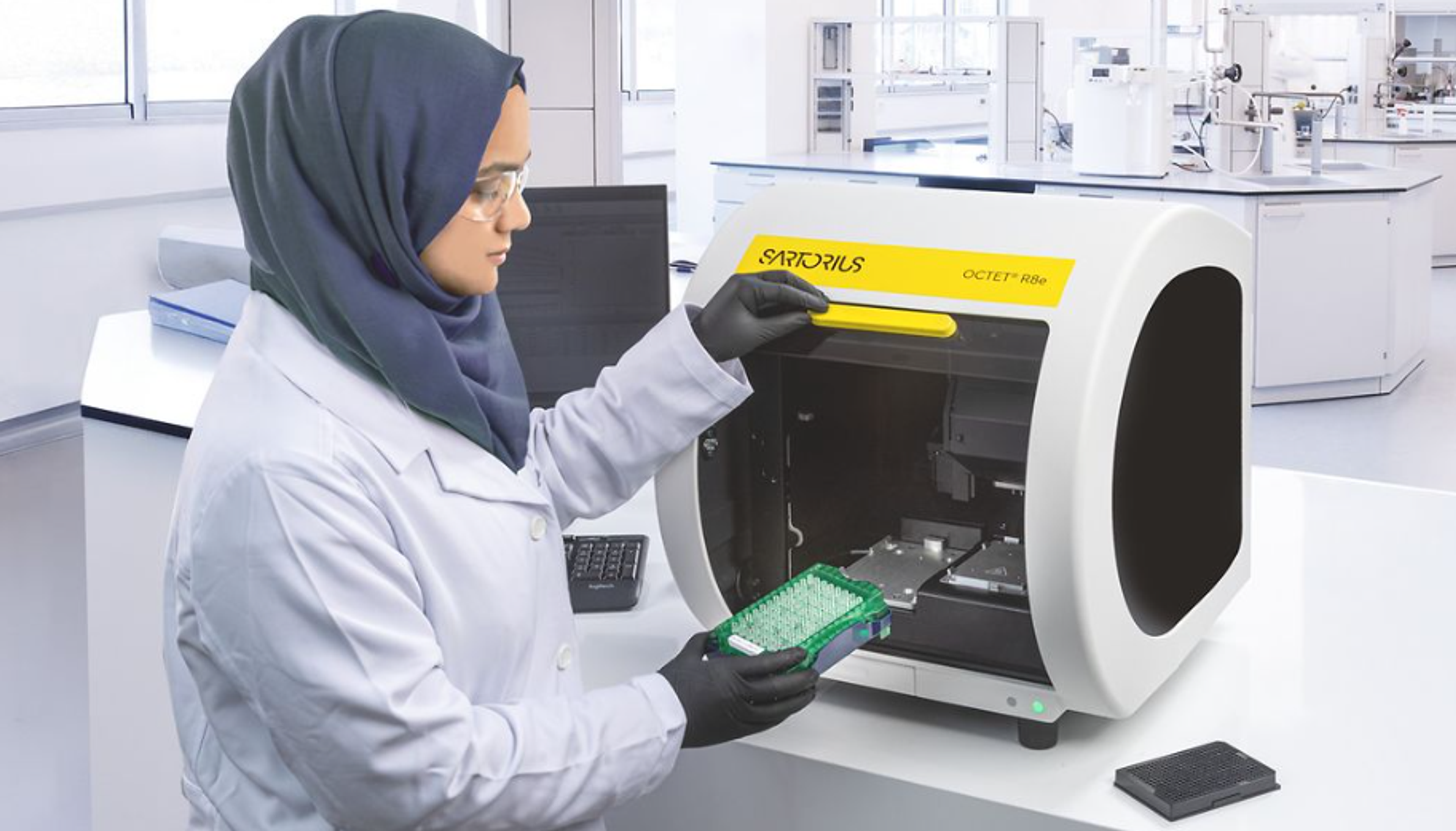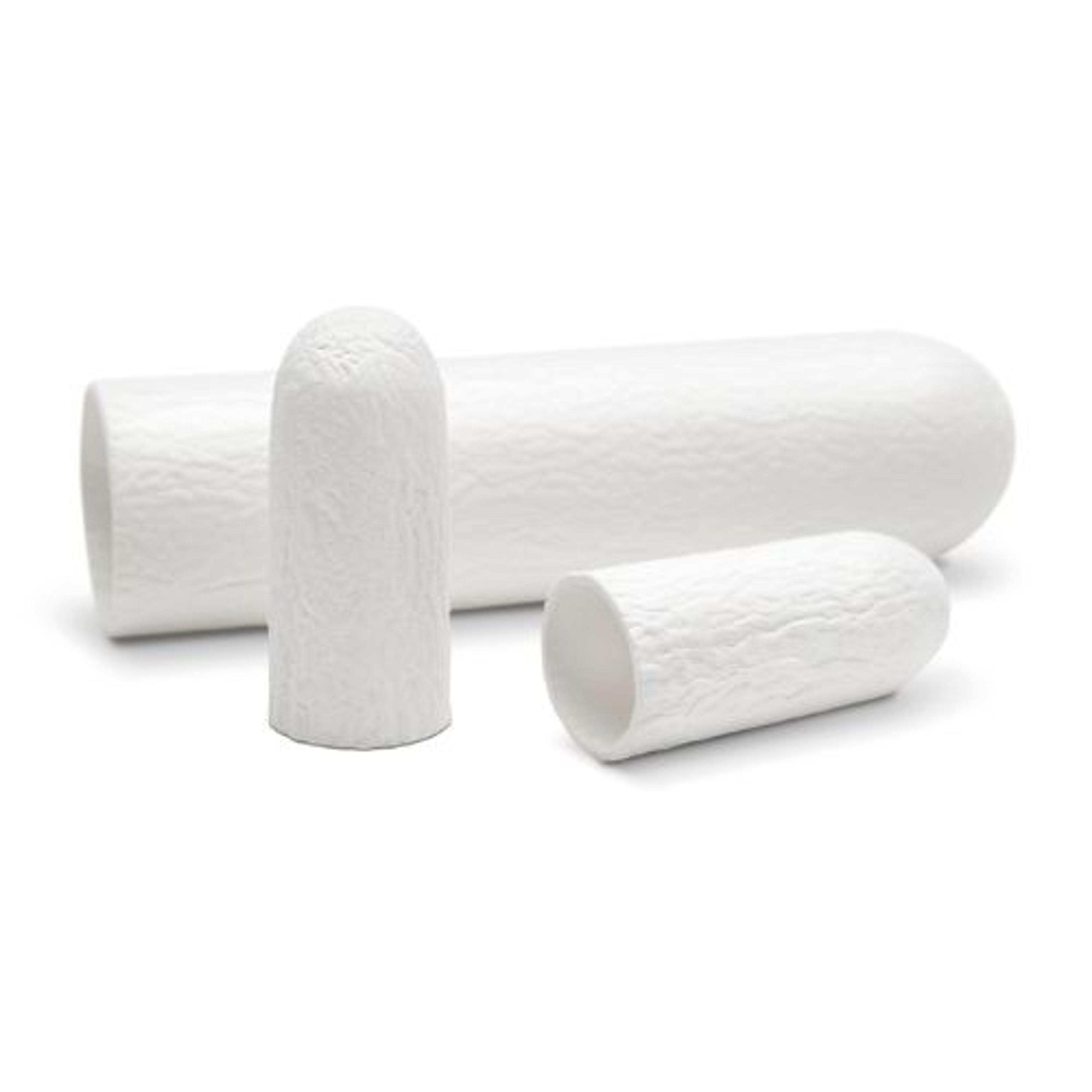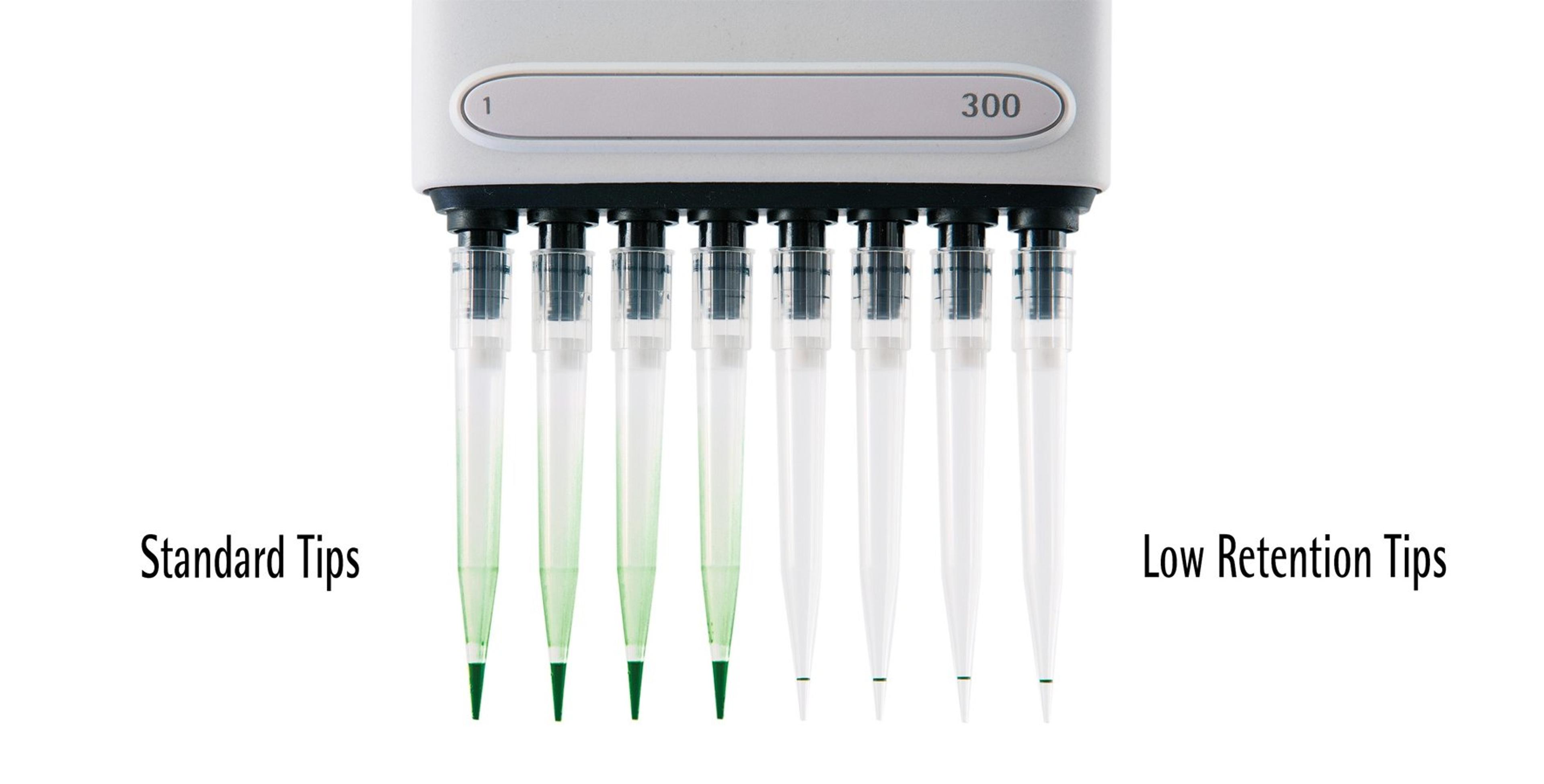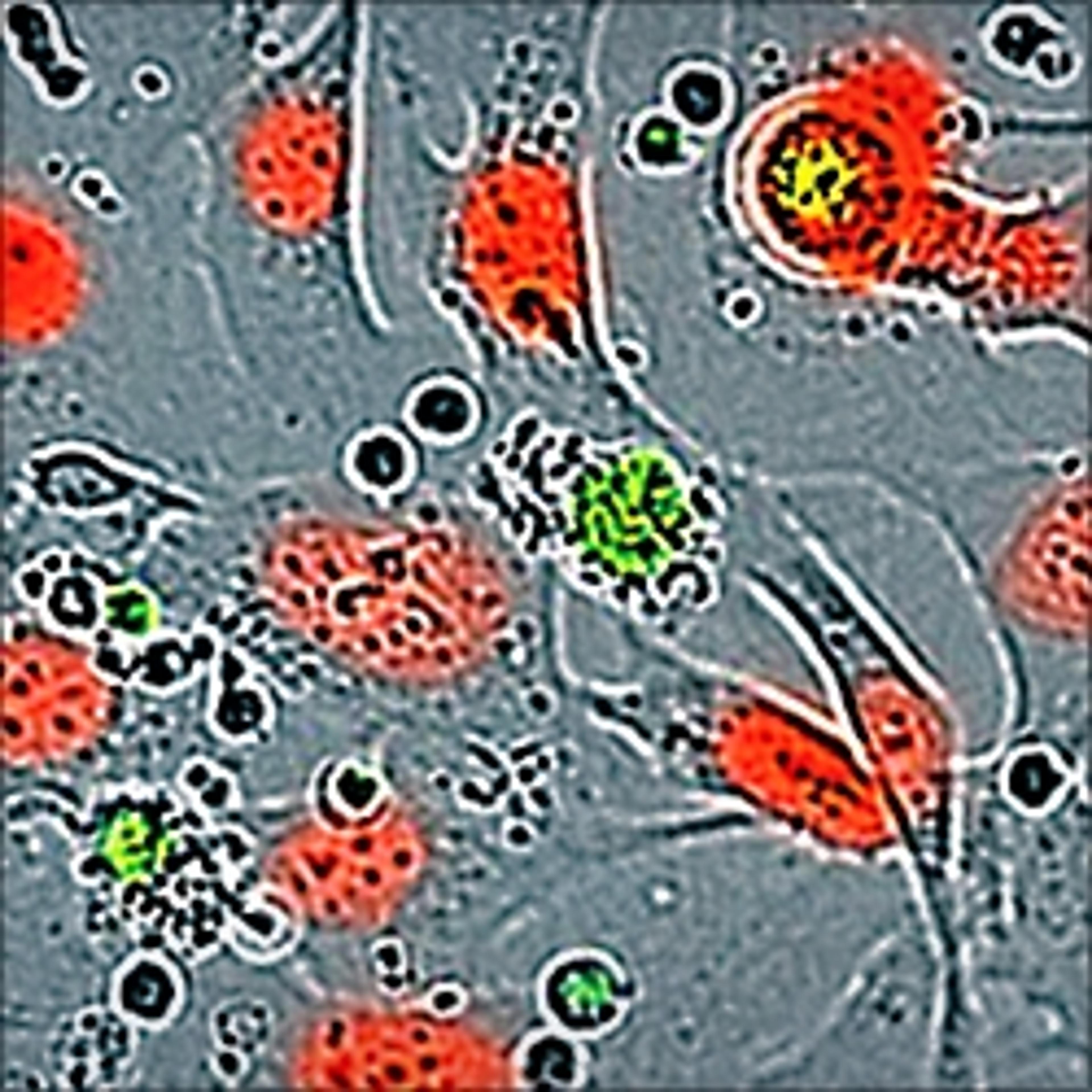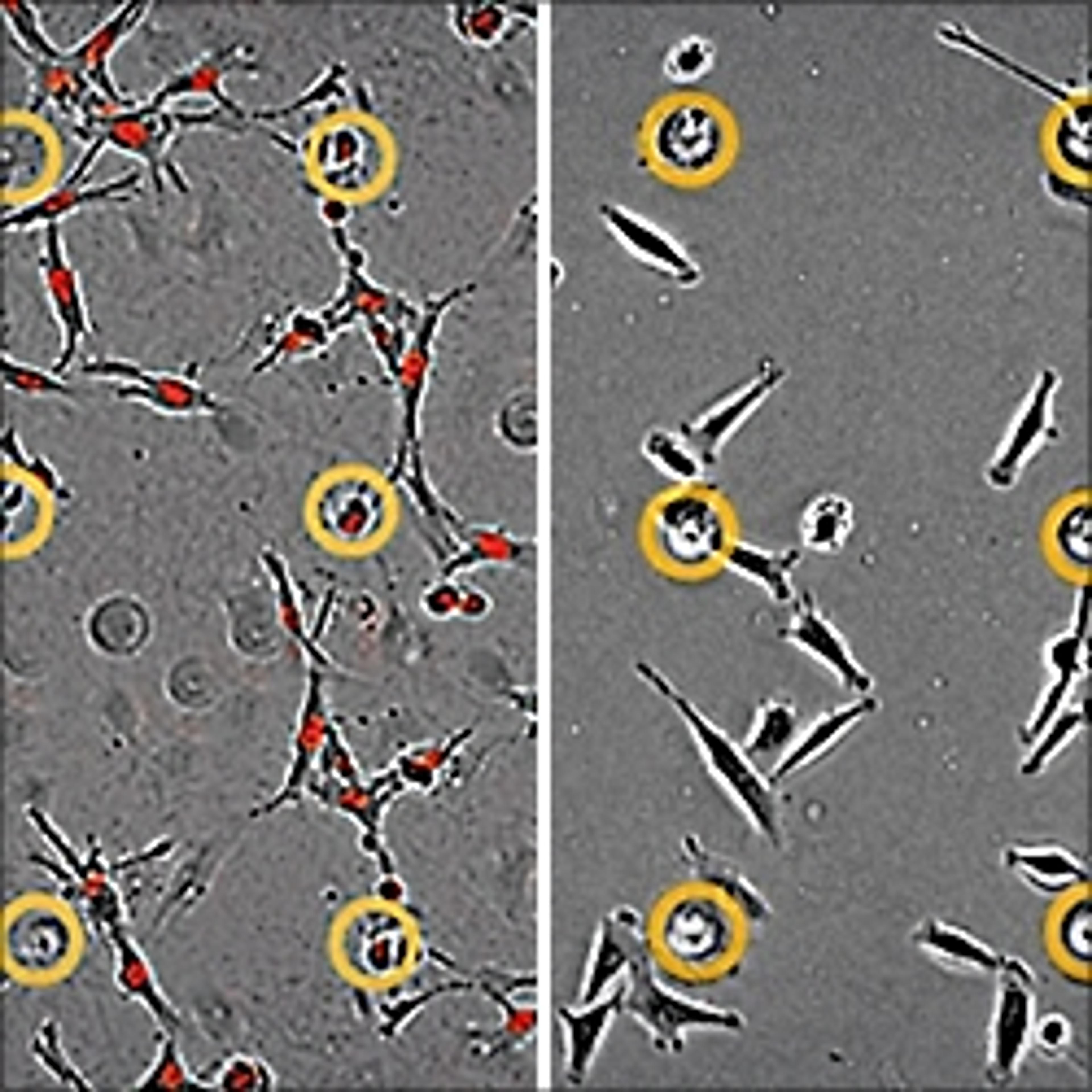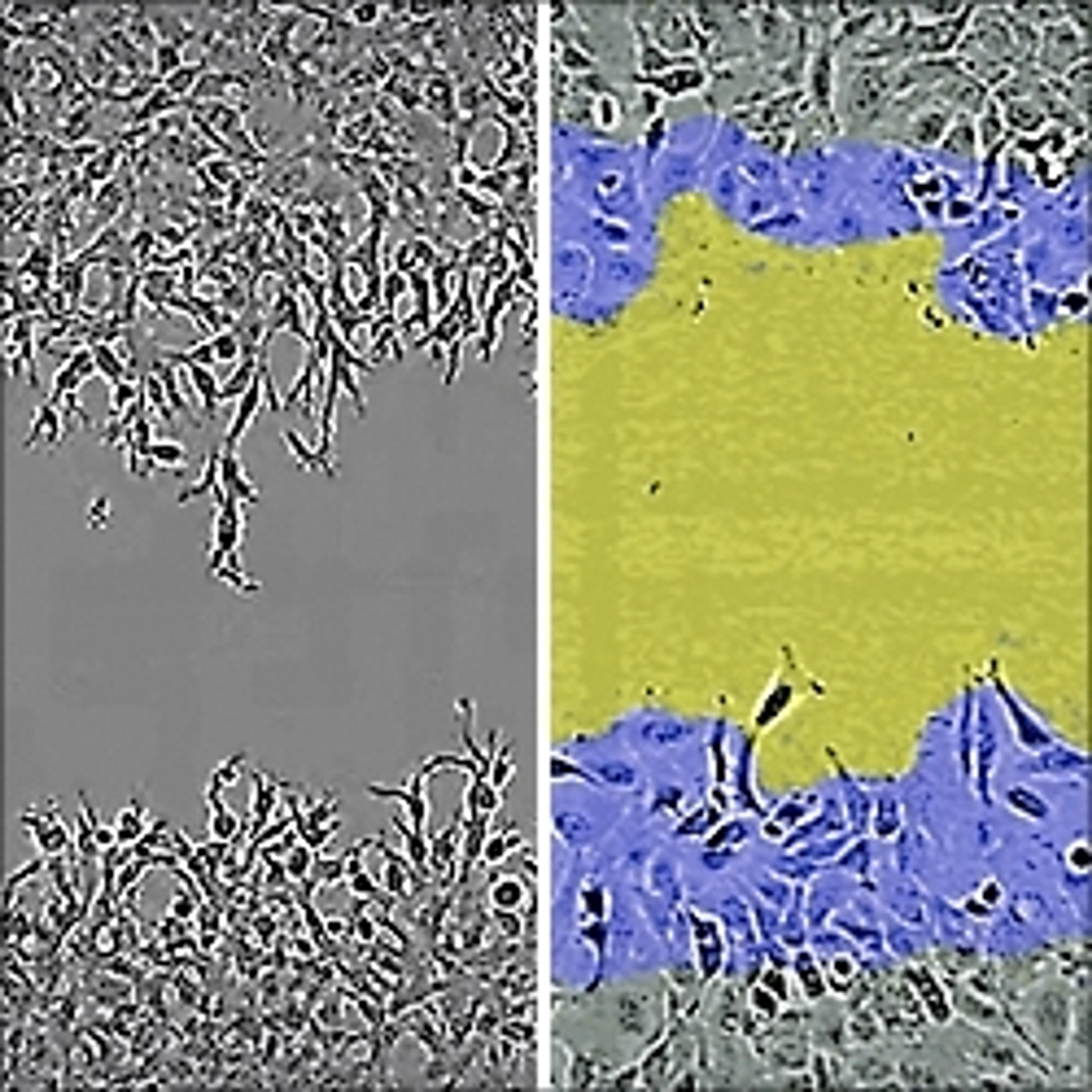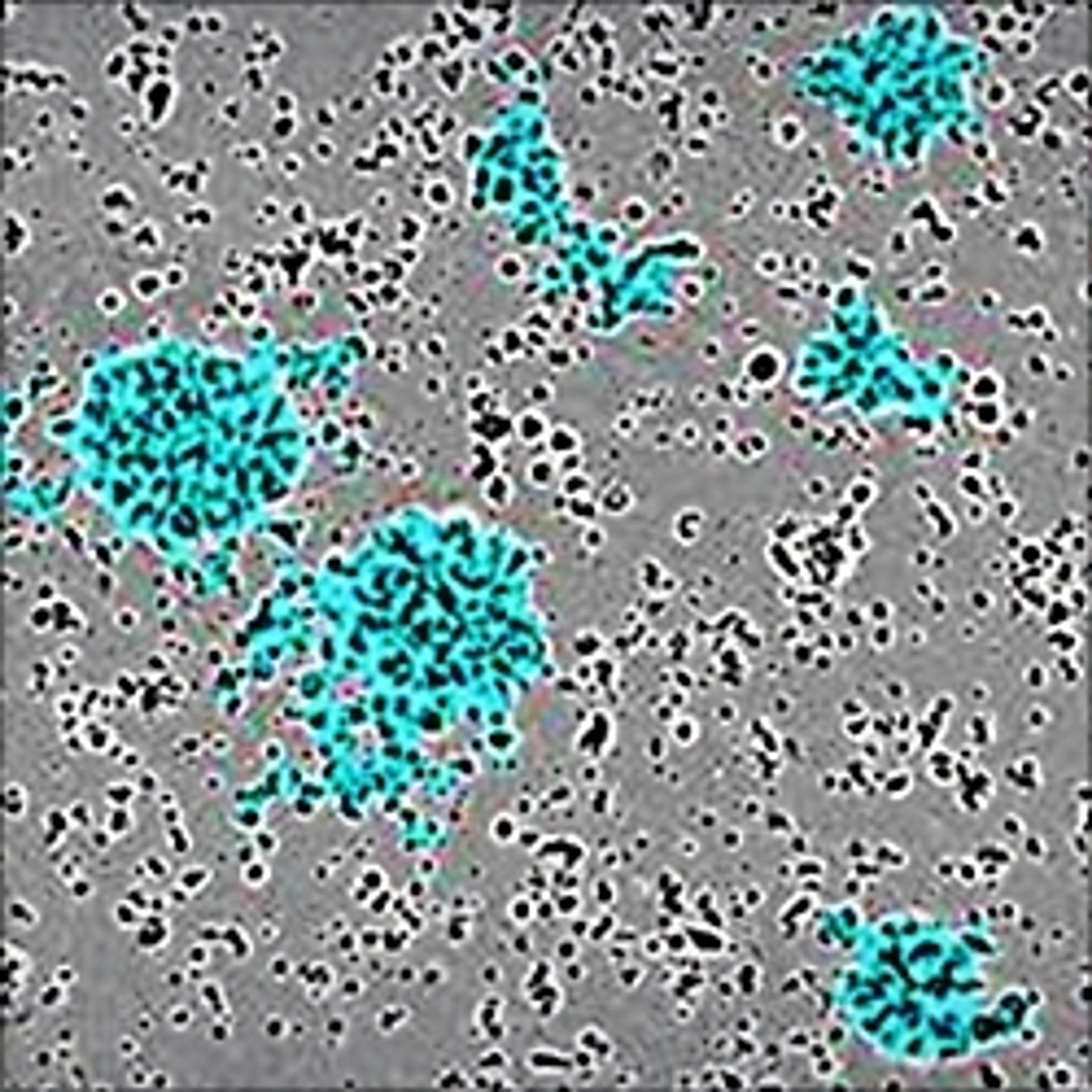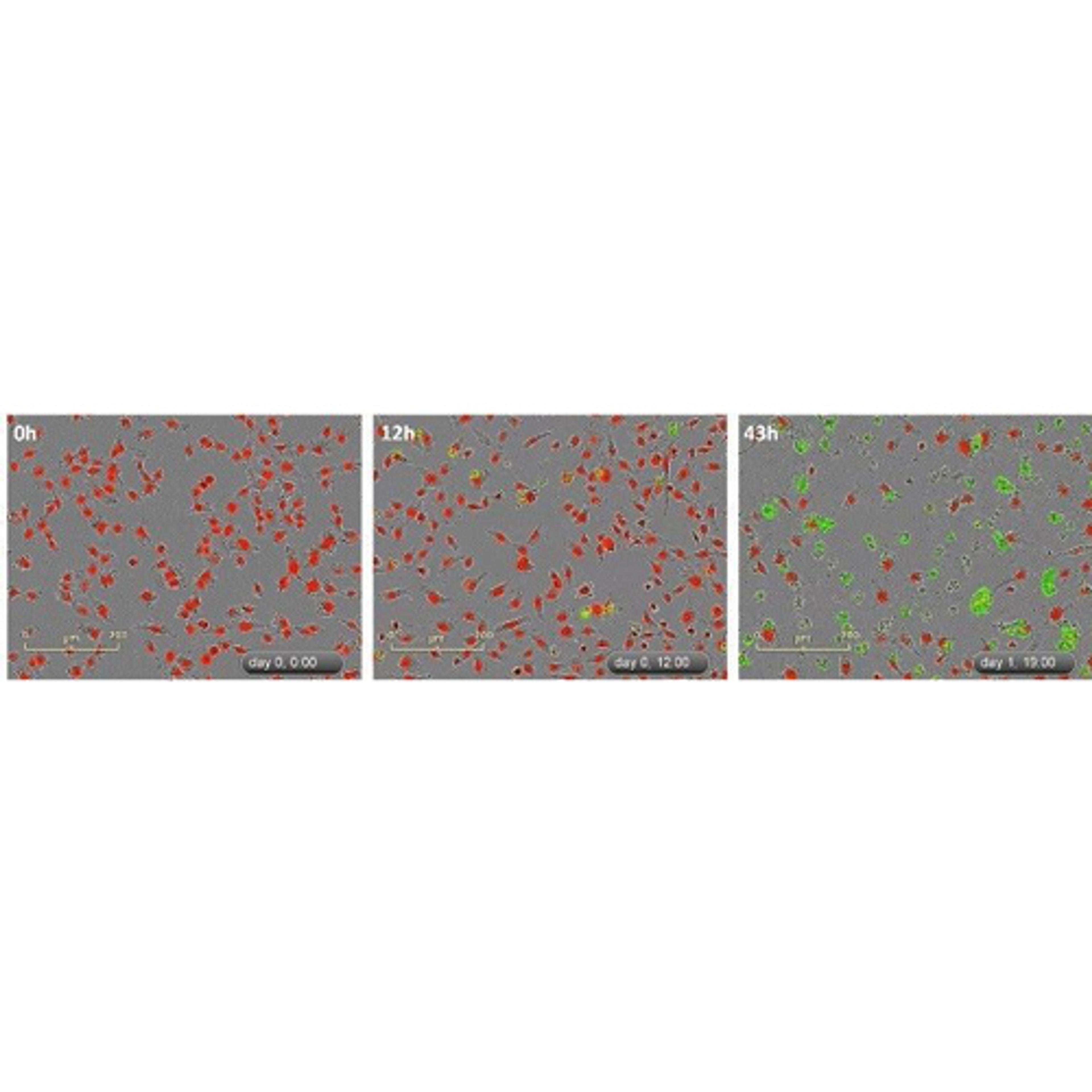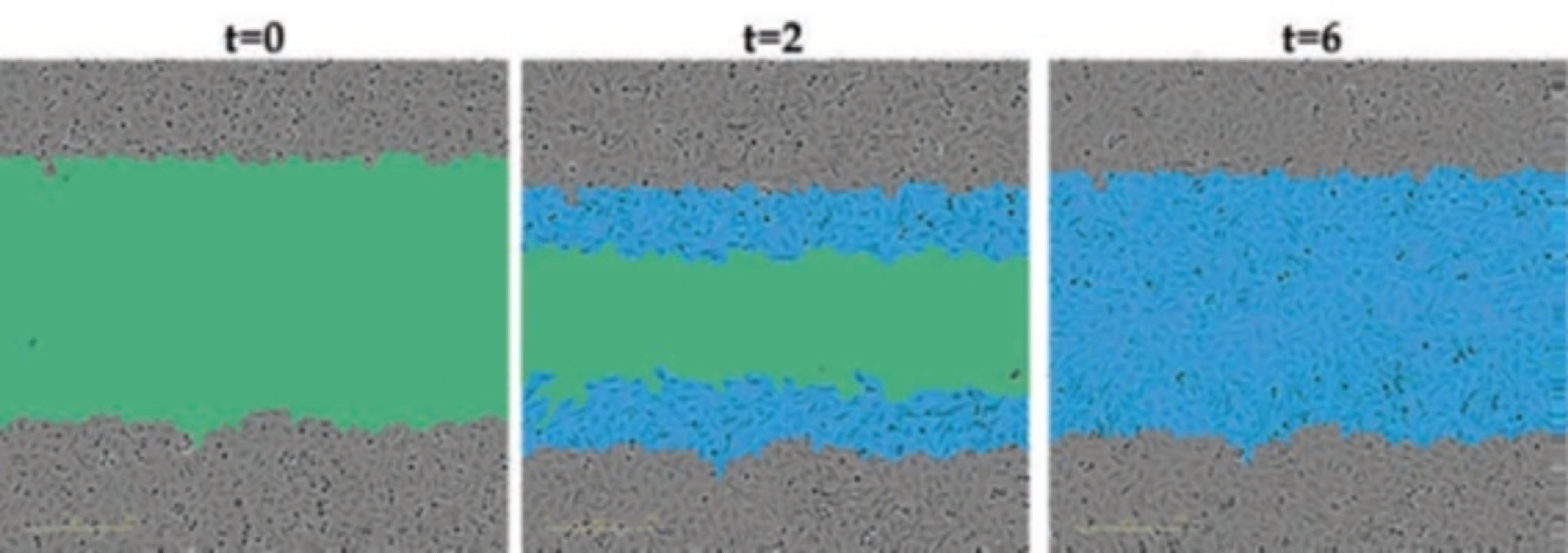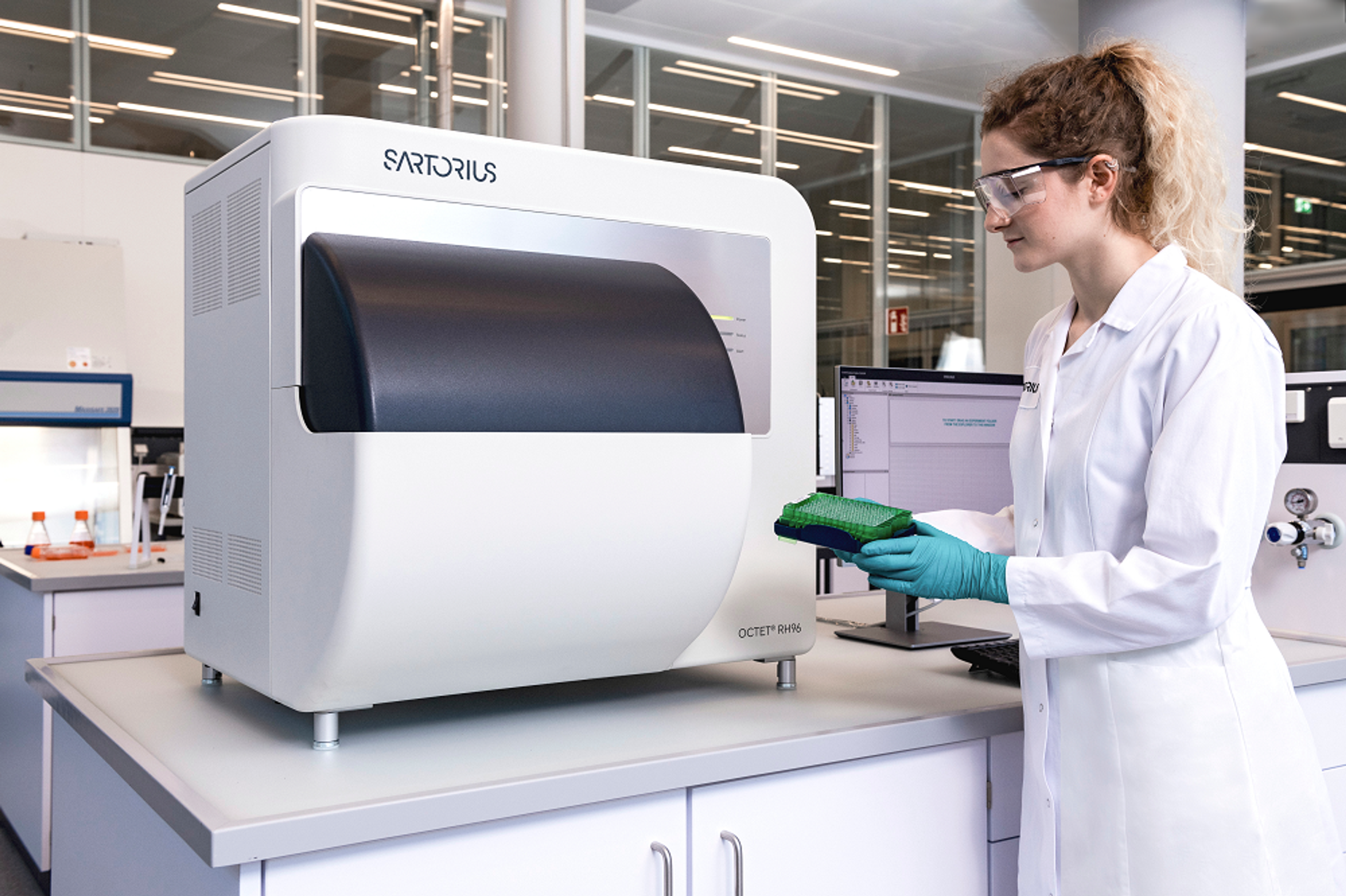Octet® High Precision Streptavidin 2.0 (SAX2) Biosensors
Streptavidin-coated surfaces are widely used as a simple and straightforward method of molecular immobilization. Utilized with Bio-Layer Interferometry (BLI), Streptavidin biosensors enable quick and easy modification and customization of the biosensor with any biotin-tagged molecule for quantitative and kinetic measurements. The Octet® SAX2 biosensors are high precision streptavidin biosensors that were specifically develope…
For High Precision and Reproducible Kinetic Characterization and Custom Quantitation
- QC-tested to limit biotinylated ligand loading variance, providing lot-to-lot biosensor consistency
- Minimal lot-to-lot biosensor variance enables confident detection of variance from samples
- Rapid and stable capture of biotinylated molecules
Streptavidin-coated surfaces are widely used as a simple and straightforward method of molecular immobilization. Utilized with Bio-Layer Interferometry (BLI), Streptavidin biosensors enable quick and easy modification and customization of the biosensor with any biotin-tagged molecule for quantitative and kinetic measurements. The Octet® SAX2 biosensors are high precision streptavidin biosensors that were specifically developed and qualified for applications in downstream drug discovery and regulated environments that have stringent assay precision requirements.
Octet® SAX2 biosensors are QC-tested at Sartorius to meet our precision-controlled lot-to-lot coefficient of variation (CV) specification of <20% for binding of biotin-tagged molecule onto the biosensor. Within lot, Octet® SAX2 biosensors are QC-tested to meet CV of <4%.





